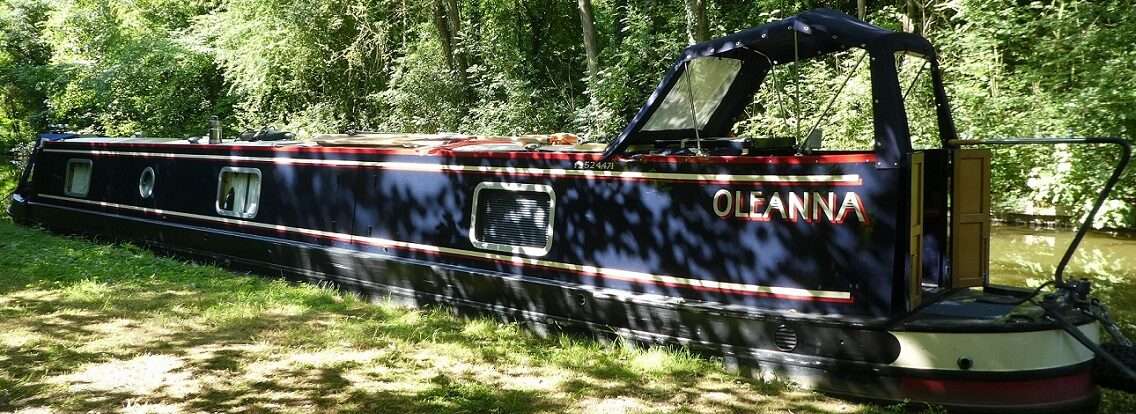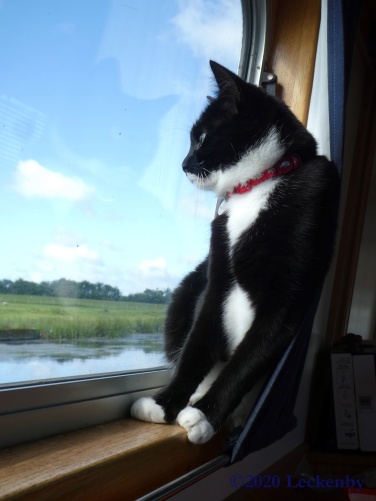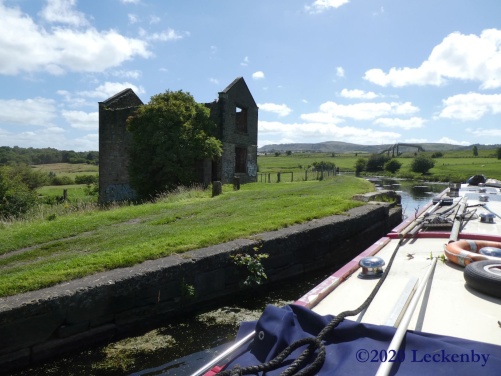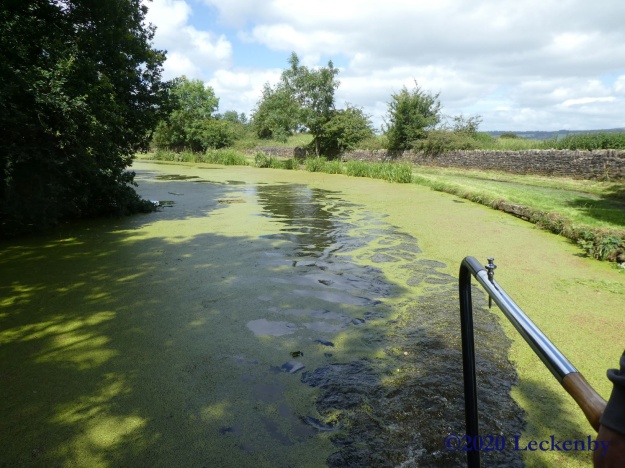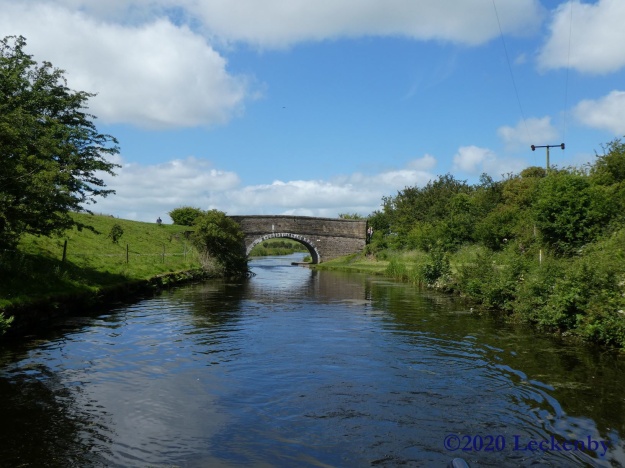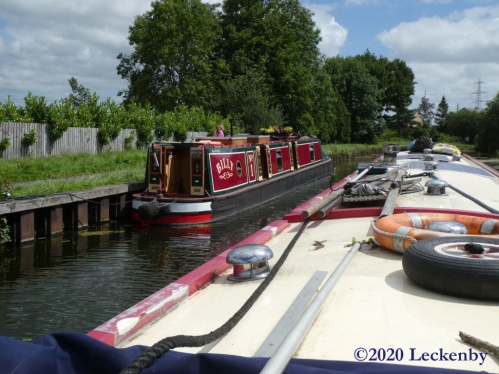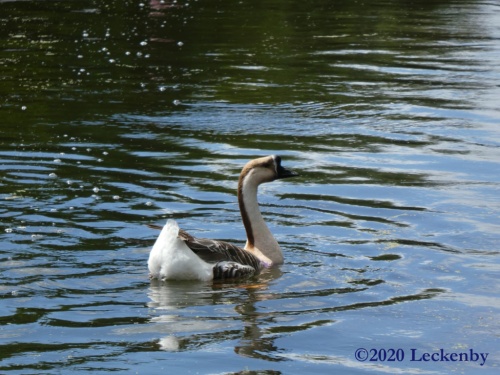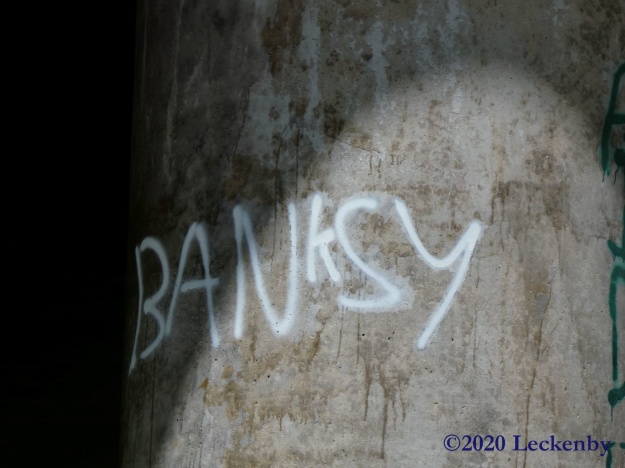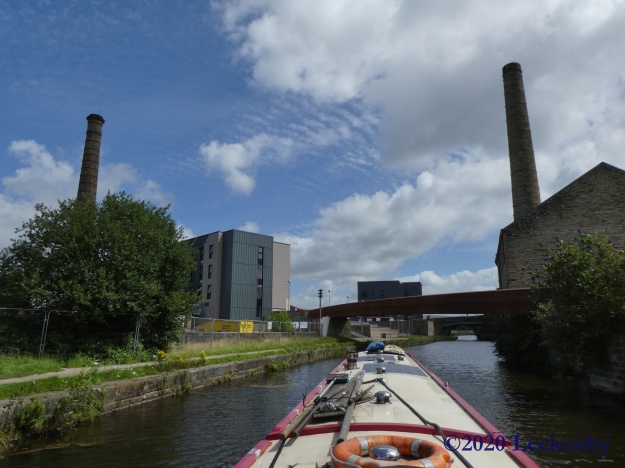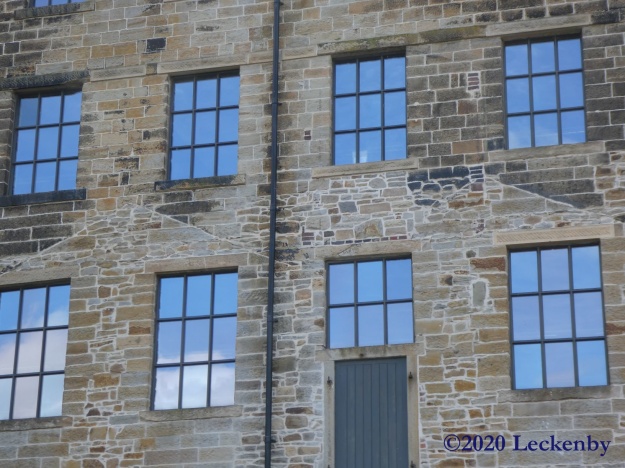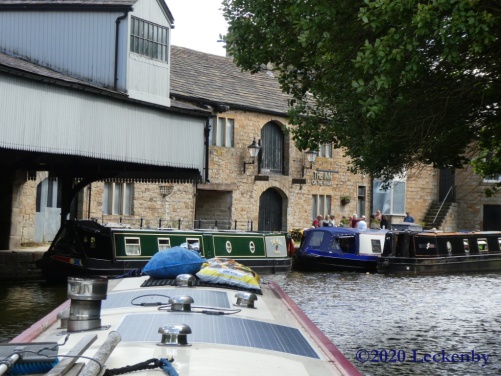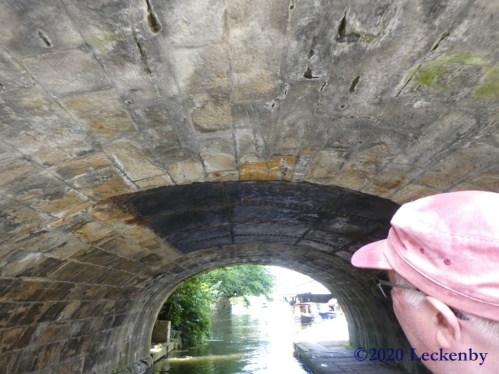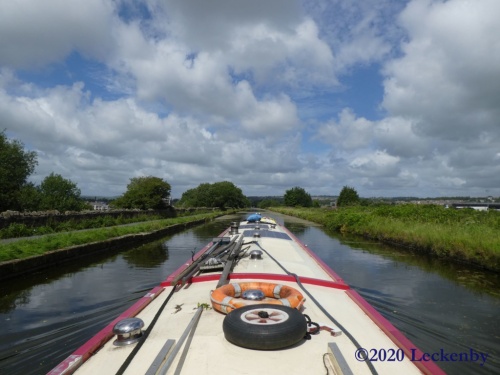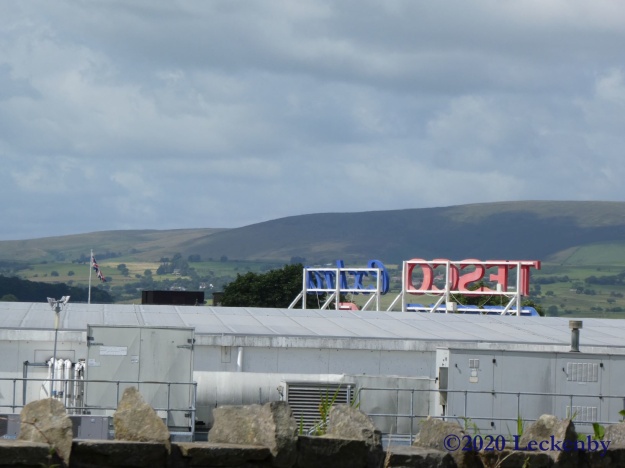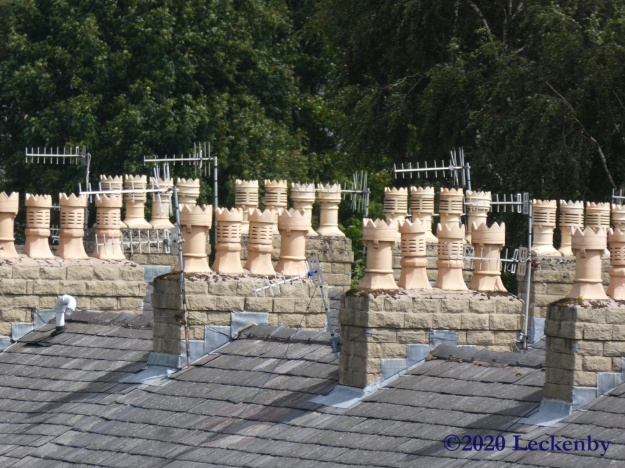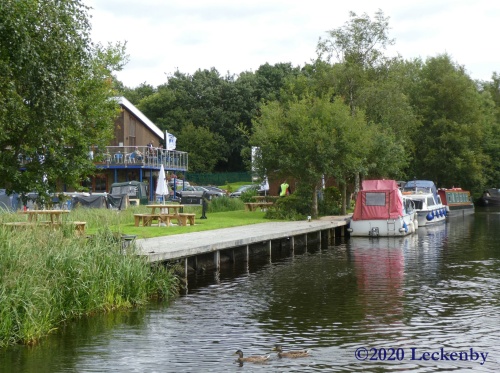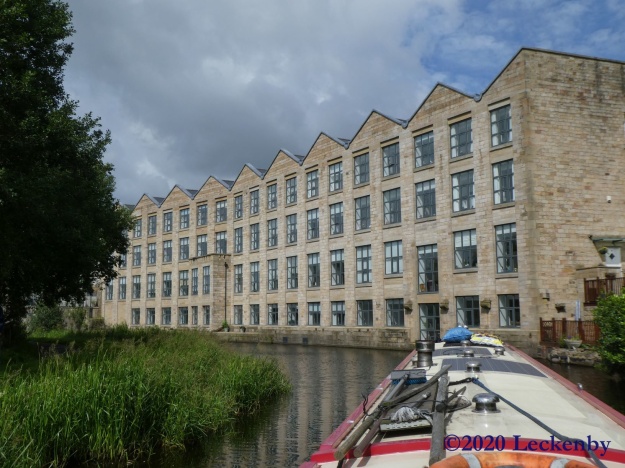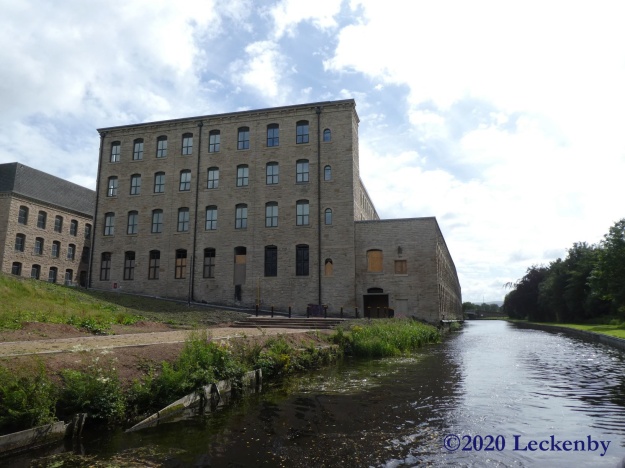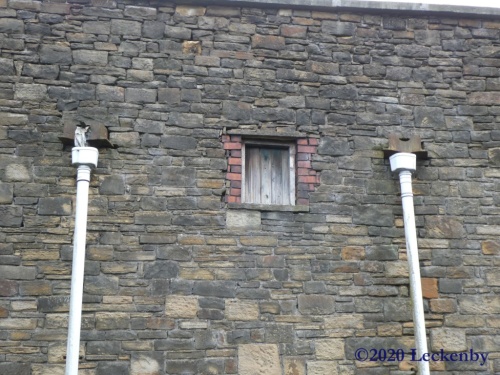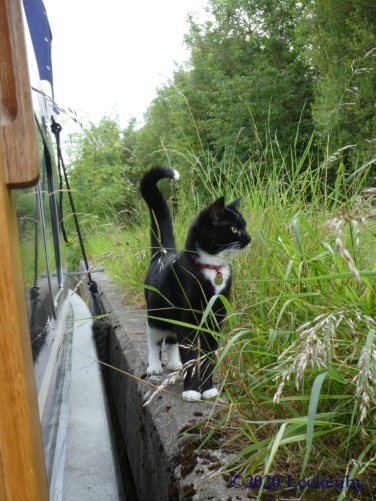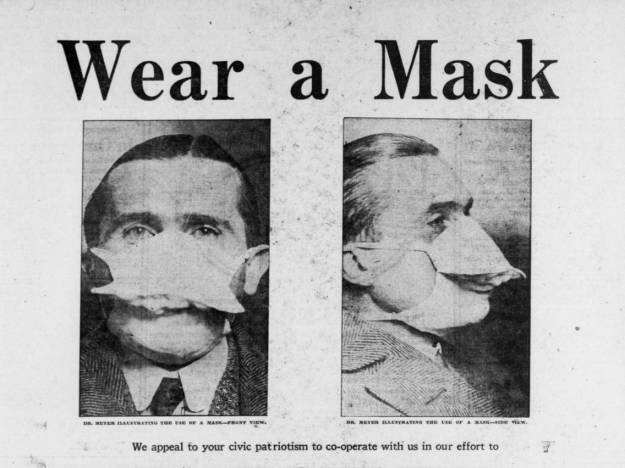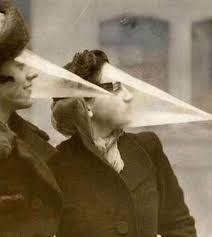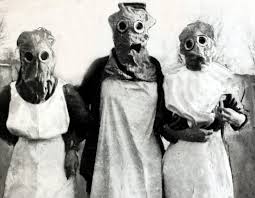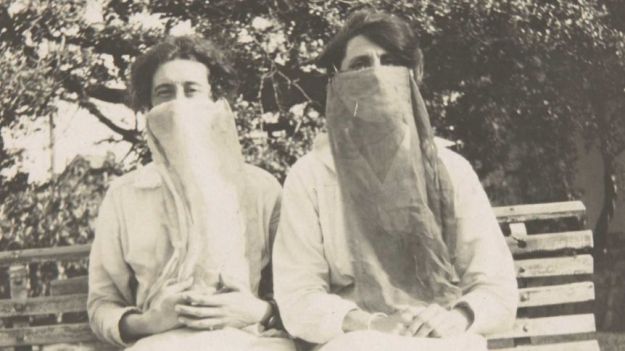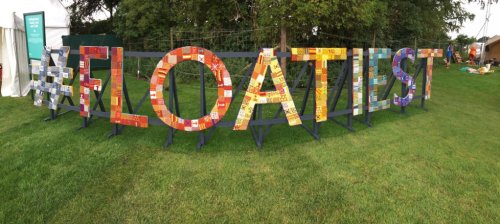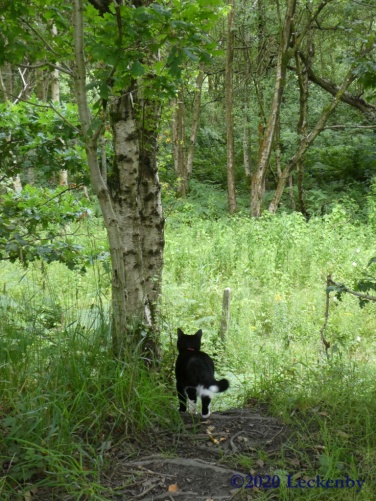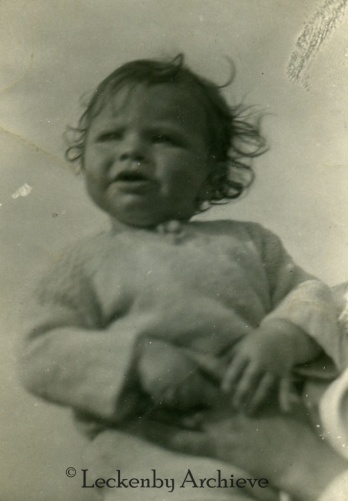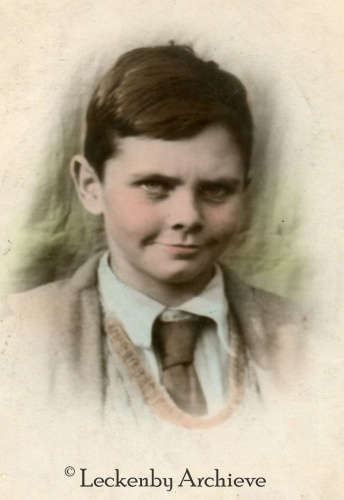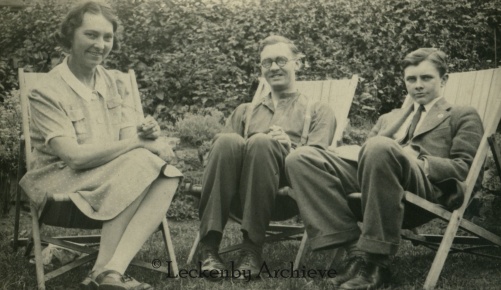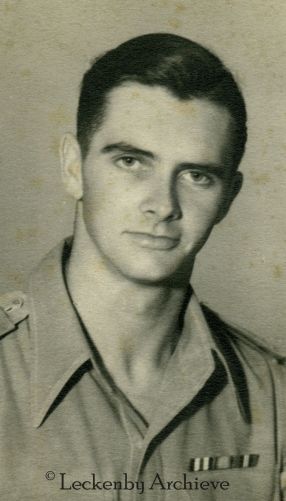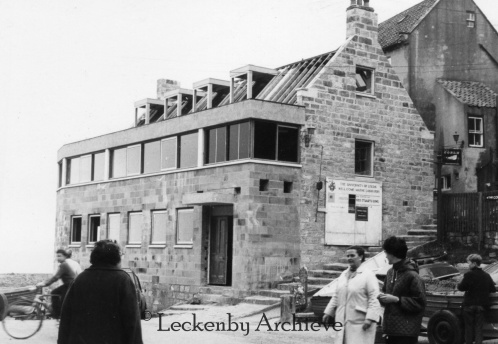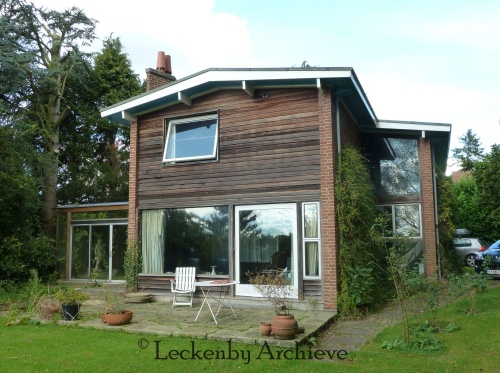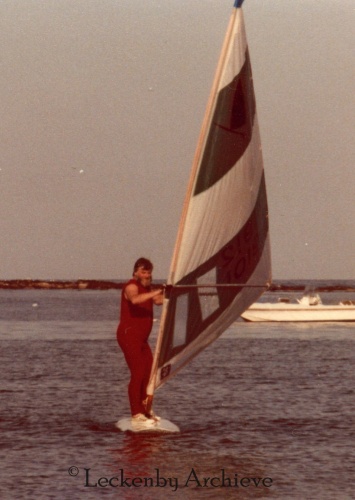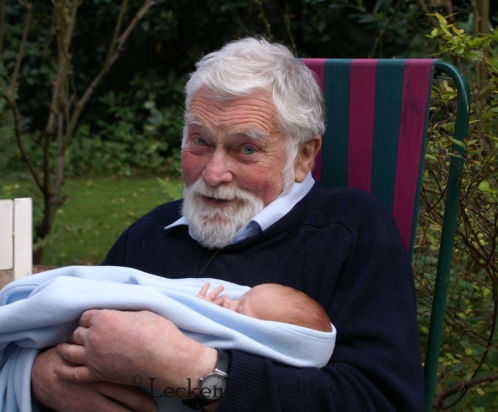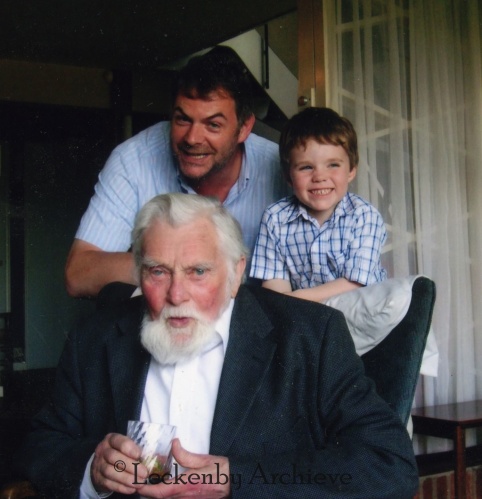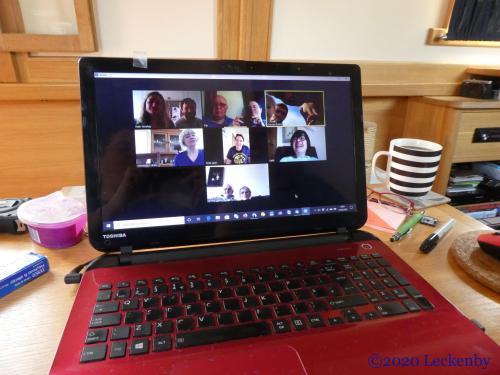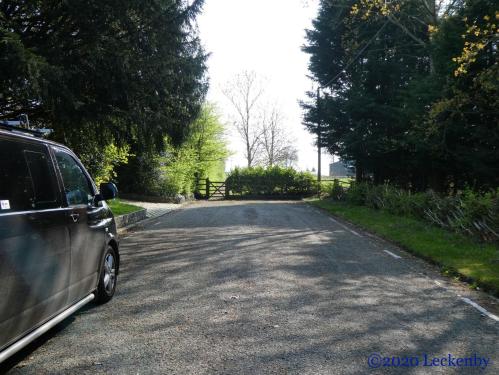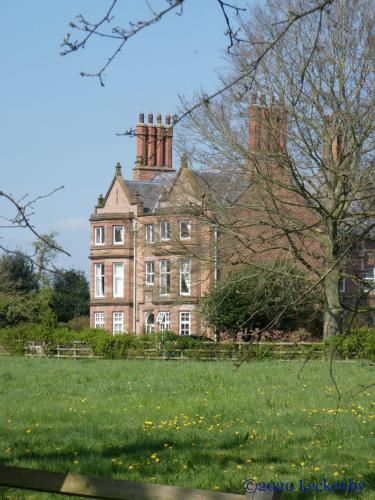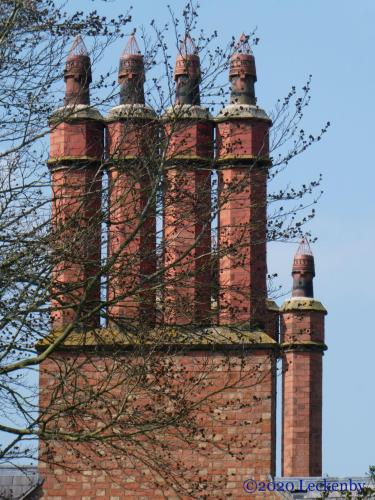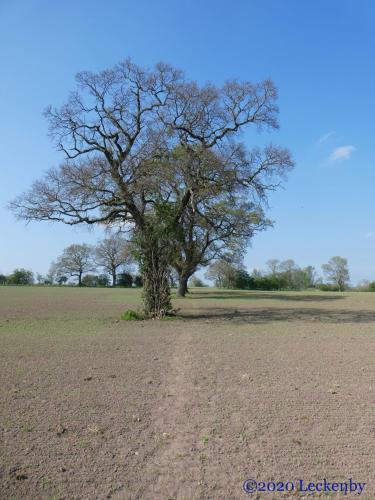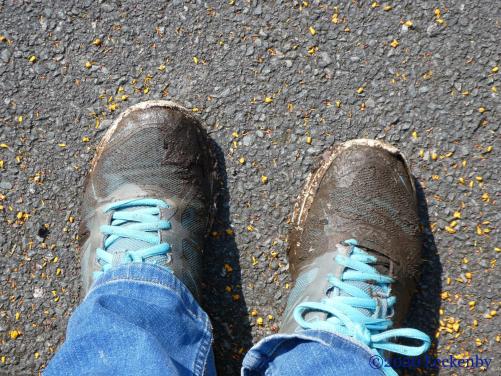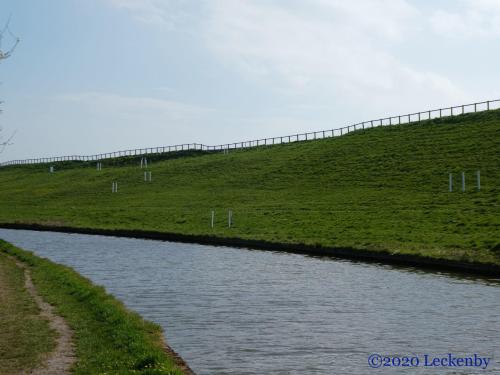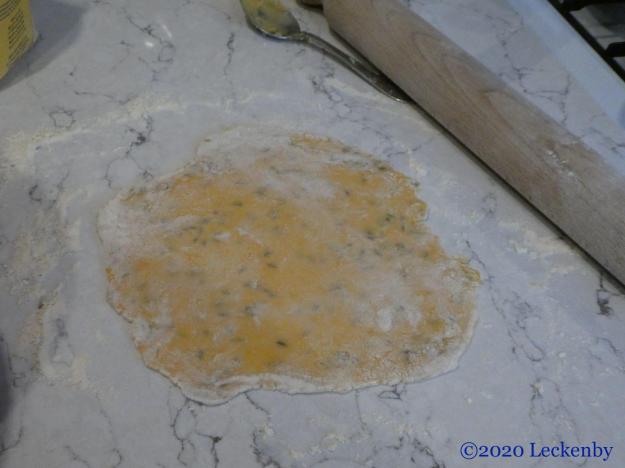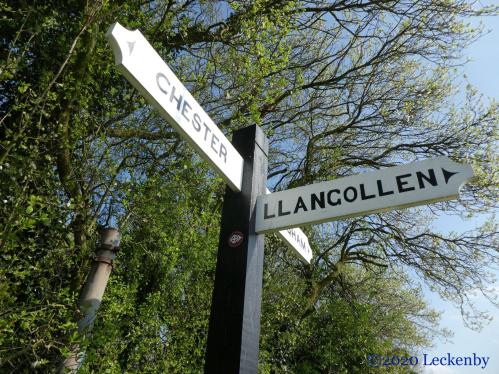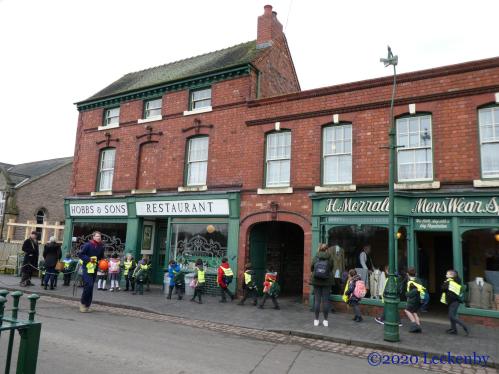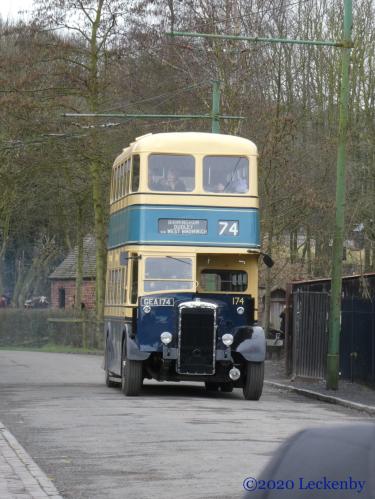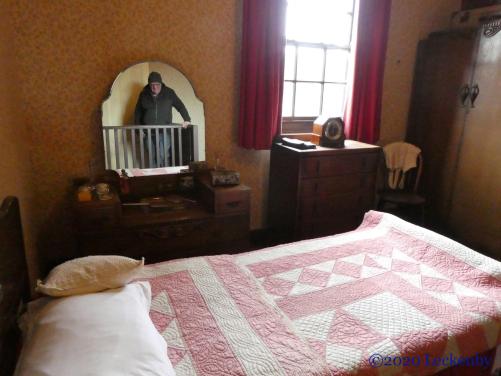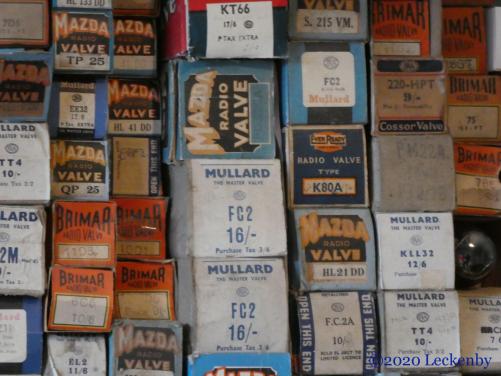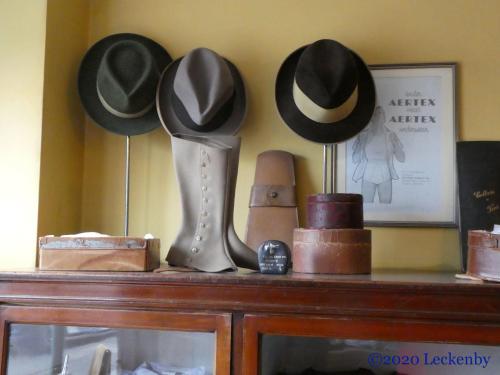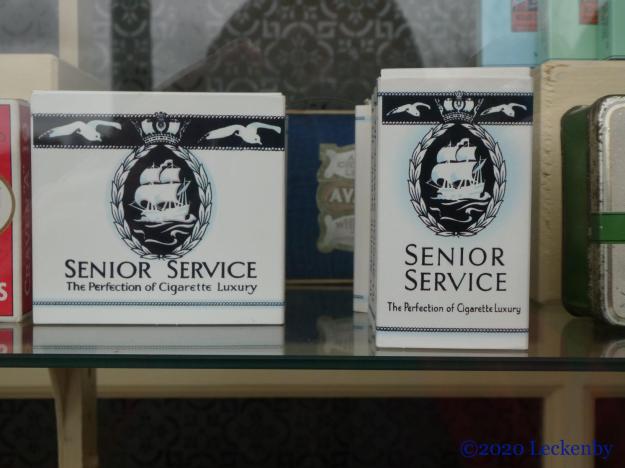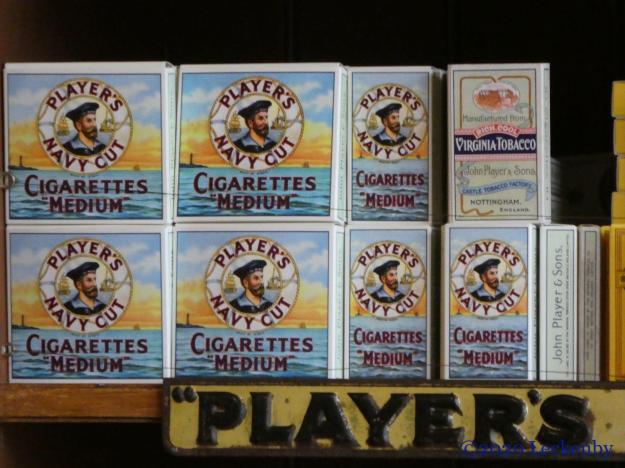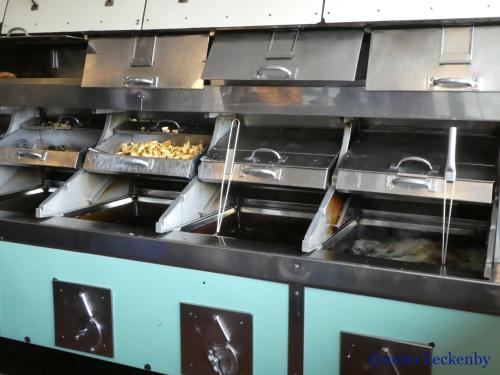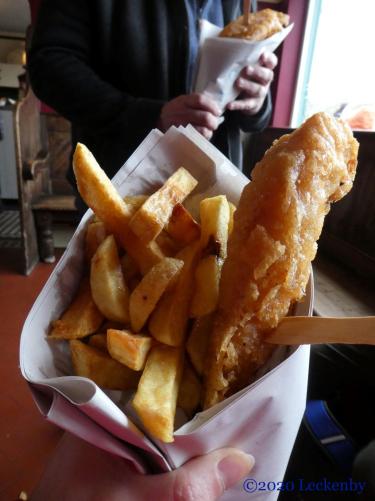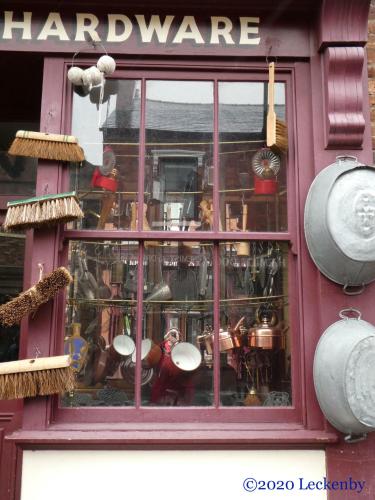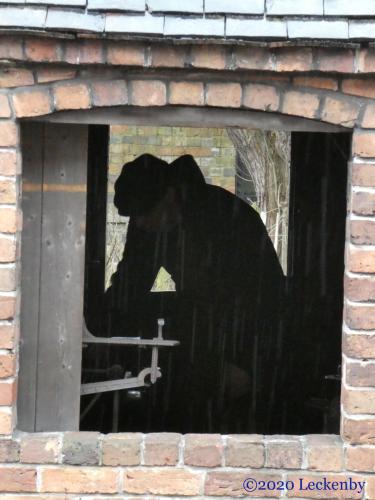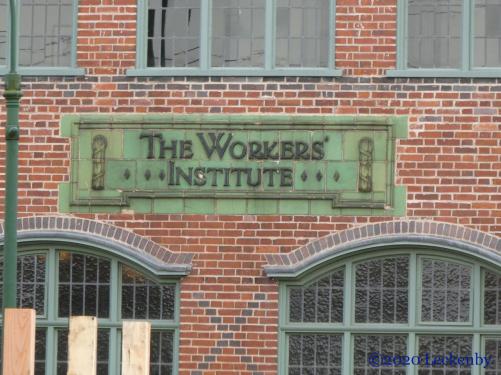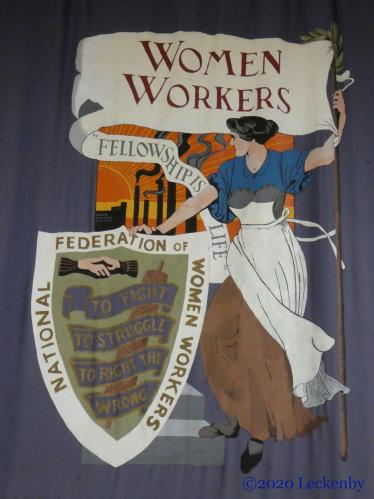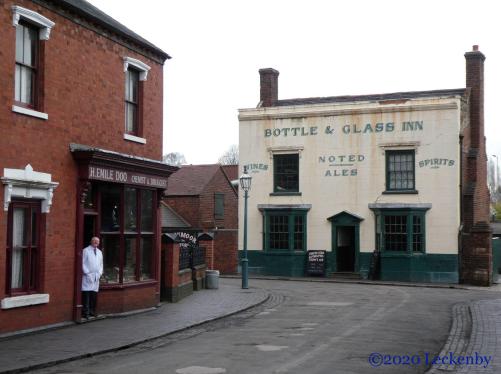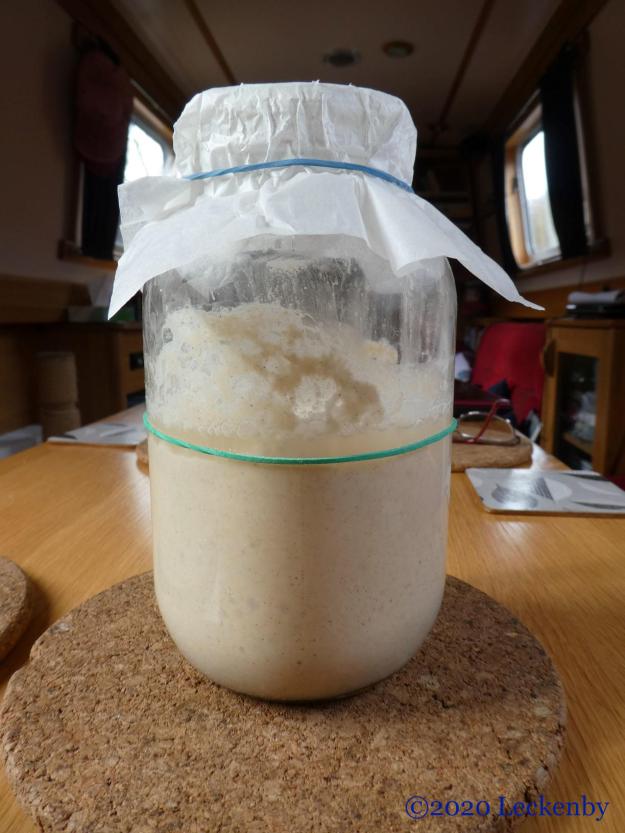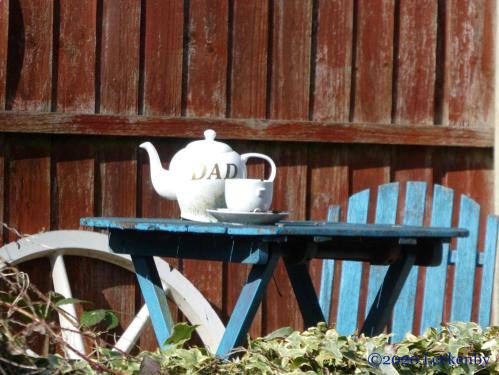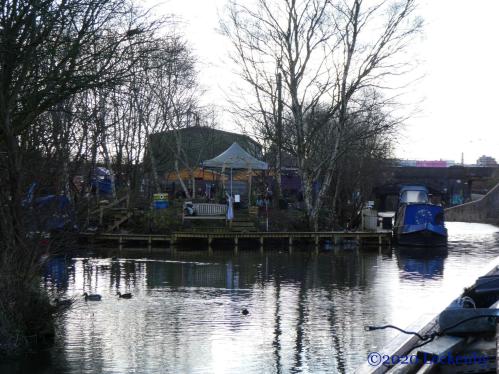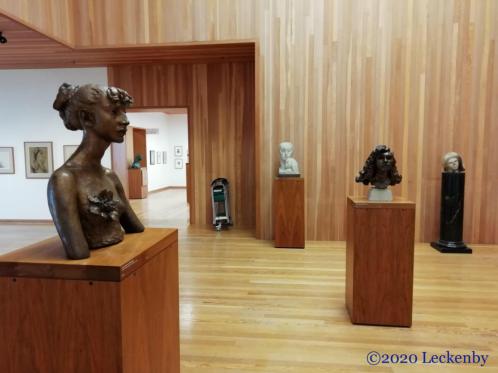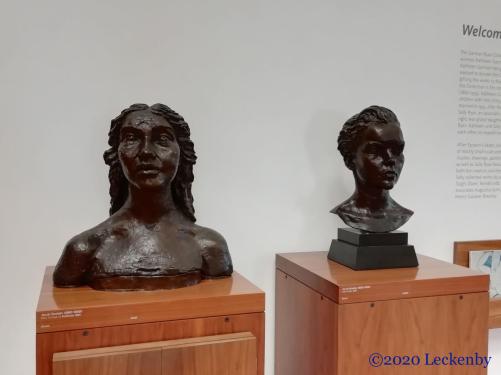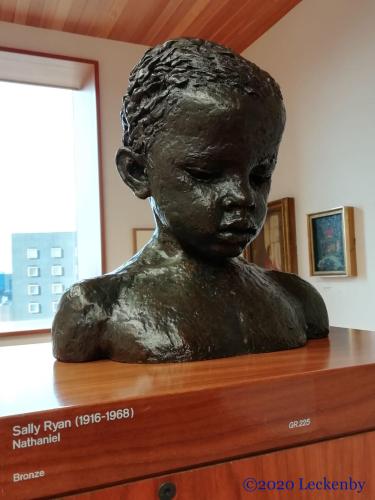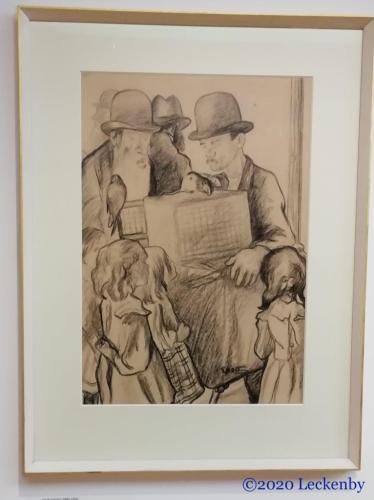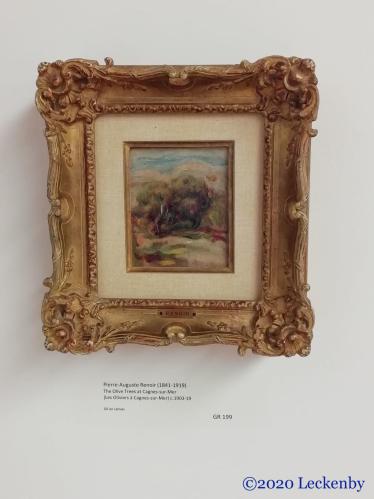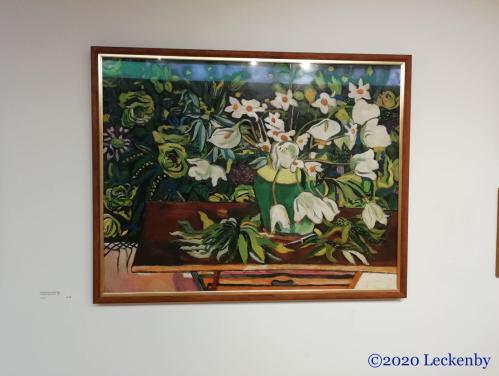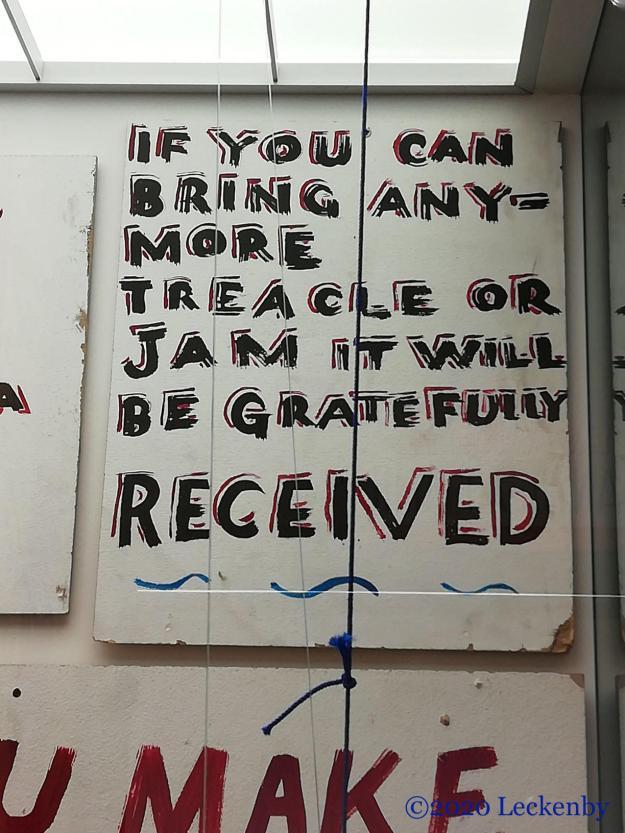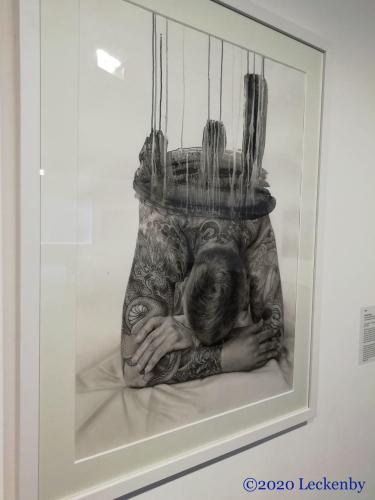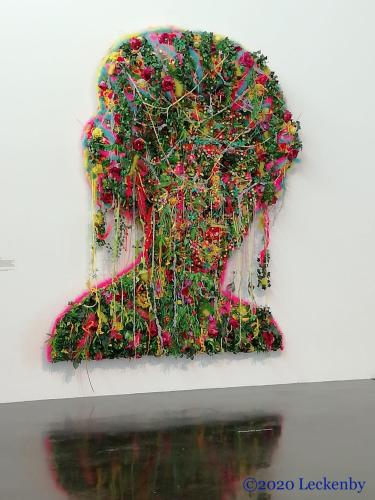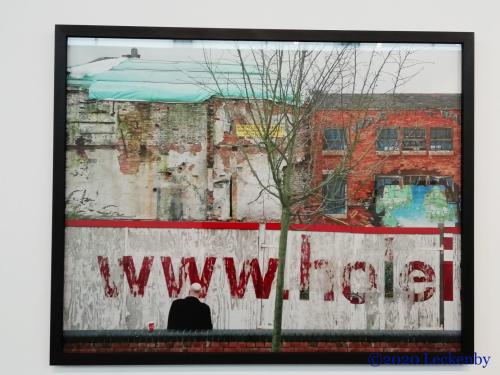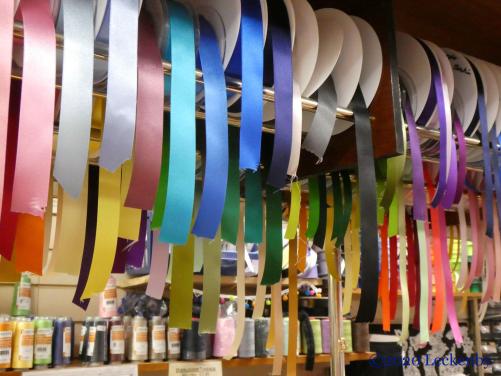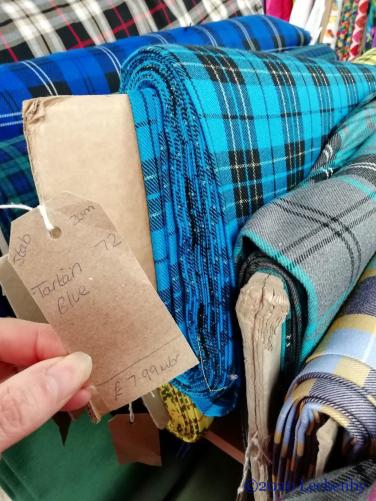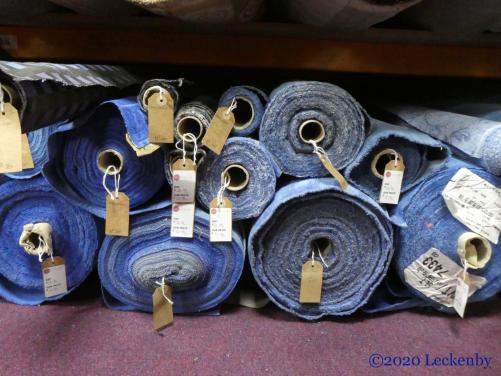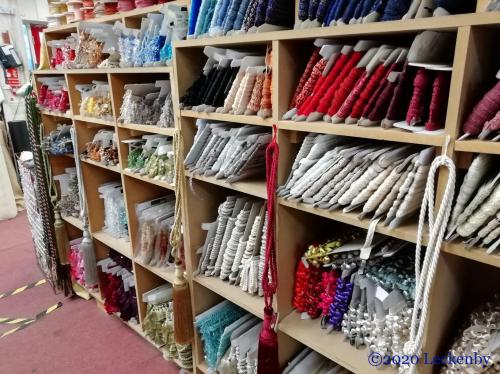Barrowford Locks to Foulridge Wharf Visitor Moorings
A slow start to the day, a slow breakfast with no shore leave for Tilly, she quickly accepted this and went back to bed. The boat behind us had gone up the flight on his own and one boat had come down, so we were lucky that the bottom lock was empty and waiting for us.

11:15 we pushed off, I walked up to the bottom lock of the flight only to find that the handy little bridge that used to span the bywash has vanished and the route now is blocked. There was a well worn footpath up the next lock so at least I wasn’t stranded on the off side.

A bit of levelling was required before I could open the bottom gate, by which time I could see that a boat was just entering the lock above. It took a little while before Oleanna was settled in the lock and I was able to lift a ground paddle, above the lock was already emptying, the water running straight down and around the bywash. We were about half way up when a boat approached from below, NB Billy.

We swapped locks with the downhill hire boat and then awaited Billy before entering the second lock in the flight. Clare and Sarah were on their own, Pete and Steve having gone to move their car, they would be returning to join us by bike.

Fortunately there was just enough water in the pound to fill the lock without Oleanna going aground and for Billy to make it over the top cill, so need need to run water down. The chaps soon arrived back and joined the crew.

There were plenty of gongoozlers about, all interested in the locks and our boats as they rose in the next few locks.
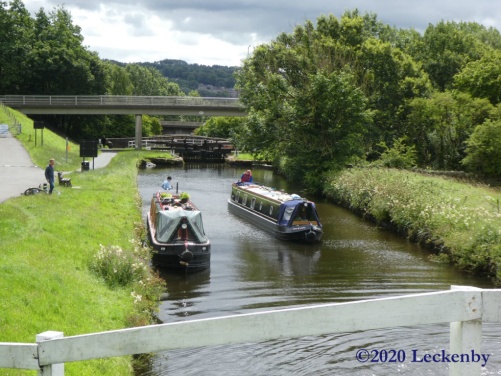
Between Locks 49 and 48 Clare spotted raspberry canes on the offside. Whilst the next lock emptied Mick managed to pick a handful, well ten, he didn’t want to get stuck and the wind was a touch blowy, so it was hard to hold his position and pick at the same time, if ever there was a need for Mountain Goat Frank Matthews!

Bikes were loaded back onto Billy, then Clare and Pete swapped roles. Fountains were out cutting the grass around the reservoir. The chaps had two remote control lawnmowers, not quite the size that I’d seen at Hurleston during lockdown. They’d just finished and were driving them up the ramps onto their pickups.
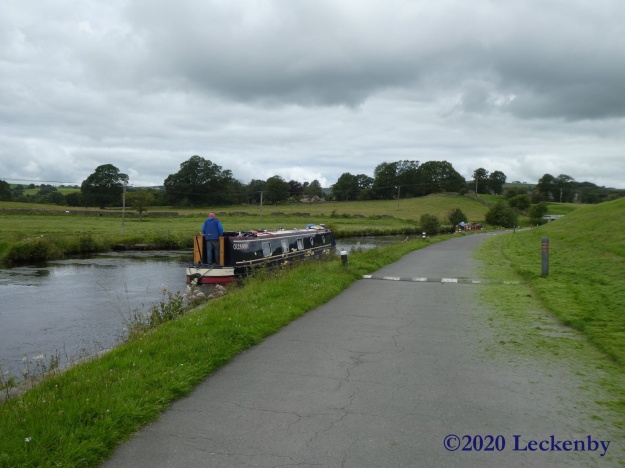

Up at the lock there was a very tame pigeon wandering around the lock gates quite happy eaves dropping our conversations. Pete brought Billy into the lock, but didn’t give her a big enough push to get her nestled behind a bottom gate. A second attempt was needed all the time Clare giving words of advice from above. As the gates closed behind Oleanna we spotted that Mick had a new passenger, the pigeon.


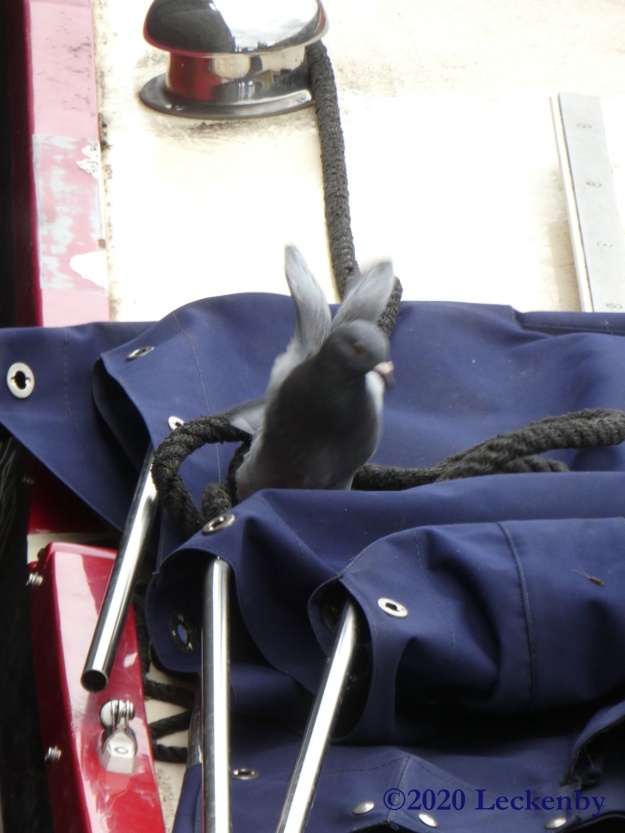
A ring around it’s leg suggested it was a racing pigeon. Had it stopped for a rest? Was it in need of some food?

It had a good wander around our pram cover but then flew off. He’d been hoping to hitch a ride and give his wings a rest, but we were obviously going the wrong way!

We’d just started to lift the gate paddles when Pete vanished inside. Was there a problem? Was he alright? Clare was concerned with nobody at the helm, so she went to be by the tiller, keeping Billy’s stern away from the bottom gates. It turned out that he’d gone to get the rubbish from the well deck as we were alongside the bins.

Looking down over Barrowford Reservoir the level looked quite low. C&RT had lowered the levels of several of their reservoirs for maintenance earlier in the year and as lockdown started to be lifted it looked like there wouldn’t be enough water to last the season. Locks on the Leeds and Liverpool remained closed for a while, then they brought in timed passages, but with the amount of rainfall we’ve had over the last few weeks levels have improved enabling the locks to be open full time. The level must have looked really low back in April and May.

Lock 45, the last lock up onto the L&L summit. Since starting our ascent up Poolstock Locks a week ago we have climbed 400ft and 9″. Apparently we are now at the same level as we were at in Birmingham back at the beginning of the year according to a programme we watched the other evening, although google suggests we might be 8 meters higher!
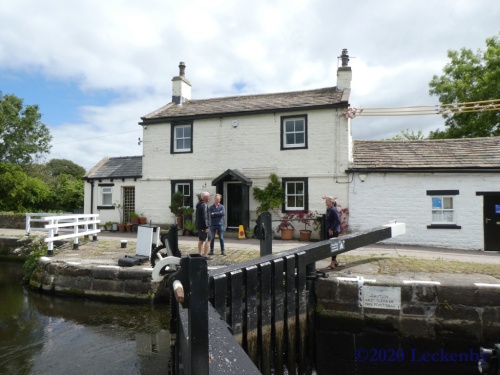
The Billy crew were stopping for water and lunch whilst we wanted to get through the tunnel and claim a mooring for a shopping delivery. So we waved our goodbyes for today. We pootled on leaving the views behind us.

A chap on one of the offside moorings asked if we used to have another boat and had been in a magazine. Sorry we didn’t get your boats name or yours, but thank you for following us.

Not quite a mile to the south portal of Foulridge Tunnel where we knew we’d have to wait. Foulridge has red and green lights, the passage window of ten minutes on the half hour heading northwards and on the hour for south bound. So we had around about a half hour wait for the next green light. A hire boat had positioned themselves in the middle of the waiting moorings, not quite enough space behind them for us, so we pulled in in front.
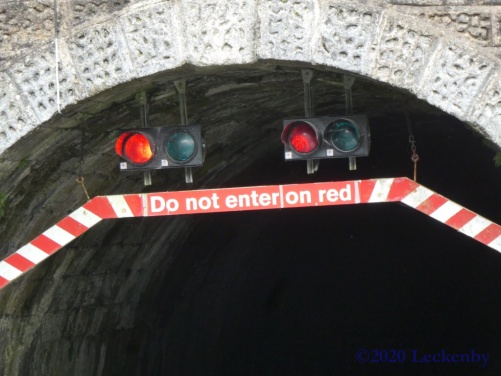
One boat came through and when the lights turned green we checked it was okay for us to go first, we wouldn’t have minded waiting but it maybe was just as well as their boat didn’t seem to have warp drive!
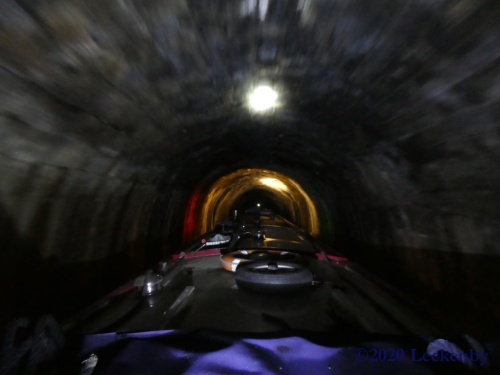
Having a big torch at the back of the boat shining up at the ceiling meant we got to see all the formations on the brickwork. Fins of what look like shark jaws all line up against each other as the water drips off them. Maybe the sharks were hopeful that there might be a cow swimming through. Here’s a song about Buttercup. Sadly I didn’t get a photo as we were being followed so couldn’t stop.

Back in the light we warned a Silsden Hire boat of the slow boat behind us and then we carried on to find a mooring. There was space for a couple of boats on the 3 day moorings which would be great for our delivery tomorrow. First we tried at the far end, furthest away from the car park for feline safety, except there was something stopping us from getting into the side. We pulled back, but that was even worse. The close proximity to a shaft/well with birdies down it made our minds up, unsafe for Tilly. The bird looking back up at me was very relieved!

We pushed out and reversed back to another space, close to the water point and car park, then we spent the rest of the afternoon saying ‘NO’ a lot to Tilly.

7 locks, 2.58 miles, 1 mile of tunnel, 3 mysterons, 0 cows, 6 hire boats, 1 lost pigeon, 6 crew, 2 boats, 3rd mooring lucky, 0 shore leave, 1 delivery confirmed, 1 Paul Hudson.
